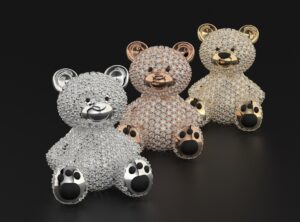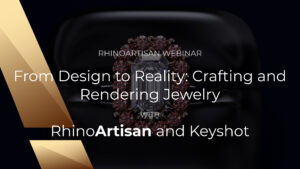Do you want to know what determines the value or price of a diamond? Do you want to know why diamonds with a similar appearance, at first glance, have a different value? If the answer is “yes”, this article is made for you.
It is a known fact that there is no diamond with the same characteristics. Each diamond is unique. Diamonds come in different colors, clarities or shapes. All polished diamonds are valuable, but that value depends on the combination of different factors.
Jewelry professionals use a systematic way of evaluating these factors: the GIA system, which summarizes the use of four factors to describe and grade diamonds: clarity, color, cut and carat weight.
These are known as the 4Cs. The 4Cs describe individual qualities. The terms used to describe the 4C’s have become part of an international and well-known language used by jewelers to evaluate diamonds.
COLOR
Subtle differences in color substantially affect the value of a diamond. Two diamonds of the same clarity, weight and cut may differ in value based on color alone.


There are different colors of diamonds. Diamonds ranging from colorless to light yellow and brown fall into the normal color range. Within this range, colorless diamonds are the rarest, so they are the most valuable.

CLARITY
Diamonds have internal features, called inclusions, and surface irregularities, called imperfections. Clarity is the relative absence of inclusions and flaws.

Clarity characteristics can have a negative influence on the value of a diamond, but they can also have positive effects.
Flawless diamonds are very rare, it is possible to spend a lifetime in the jewelry industry and never have seen them, and they command the highest prices.
At the other end of the scale are diamonds with inclusions that can be easily seen at first glance. Between the two extremes are diamonds with inclusions visible only at 10x magnification.
Jewelers use different terms to refer to the clarity of a very very slightly imperfect, very slightly imperfect, slightly imperfect and imperfect diamond. In recent years, the term imperfect has been replaced by included.
CUT
When a diamond interacts with light, the amount of light returning to the eye is determined by each angle of the diamond.
The proportions of a diamond determine how light behaves when it enters the diamond. Depending on the path of light through the diamond, it will appear darker and unattractive or lighter. Diamonds with a good polish optimize the light better and will be brighter.
Generally, the higher the cut of a diamond, the more brilliant the diamond. The term “cut” can also describe a fashion diamond shape, all shapes that arise from what comes to mind when we think of diamonds are called fancy or fancy shapes.
Based on their shapes, the fantasies have also had their own names, the best known of which are round, princess, emerald, asscher, marquise, oval, radiant, heart and pear.
CARAT WEIGHT
It stands to reason that the bigger the diamond, the more valuable it is, right? There is a curious thing about the weight of diamonds, and that is the pressure with which it is manufactured.
Diamond weights are given in metric carats (ct). A metric carat is two tenths (0.2) of a gram. Diamonds are weighed to the nearest thousandth (0.001) of a carat and then rounded to the nearest hundredth or point.
Small carat differences can mean price differences of hundreds, even thousands of dollars, depending on the quality of the diamond.
Their price depends on a number of variables; weight is just one of them. It’s really a simple concept: large diamonds are rarer than small diamonds.
Do not confuse the term karat with carat. Carat is a unit of measurement used to describe how much pure gold is in an alloy.
To learn more: https://www.gia.edu/diamond-quality-factor










